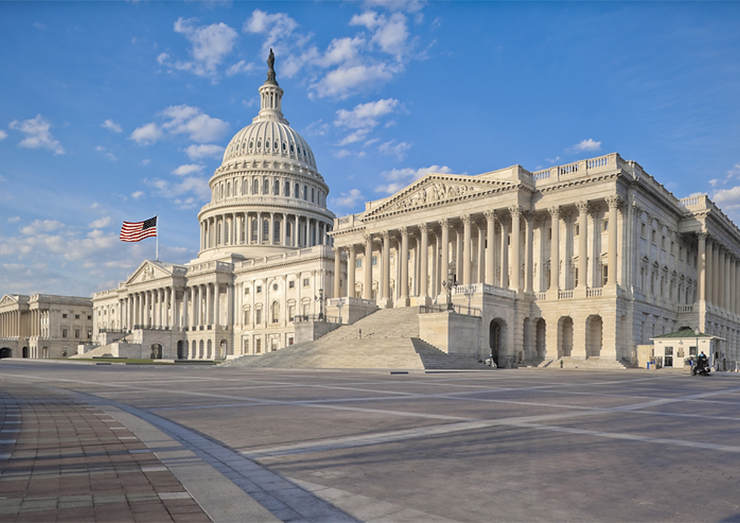May 24, 2022
.

Koulomb has been active in state-level stakeholder conversations as various states’ respective DOTs attempt to navigate the massive Bipartisan Infrastructure Law. As a Network Operator, Koulomb has a unique perspective on technical details, operation and maintenance, charger economics, and a vision for scale to ensure that we maximize Federal tax dollars and long-term sustainability of the EV charging infrastructure.
Some highlights that we’d submit for consideration to our partners in various DOTs:
Koulomb will be rolling out battery management systems to, 1. cope with utility impairment during emergency outages (Acts of God, etc.), and 2. avoid very expensive demand charges levied by utilities. Demand charges are set up by utilities to protect grid economics and resiliency against peak demands generated by EV “fill-ups”, which good battery management systems can solve. Batteries are expensive surely, but if subsidized, can be invaluable for purposes of long-term grid resilience.
Given the cost of batteries, the capital expense alone can be daunting for a the DOT to consider with such precious dollars to deploy as part of NEVI. But one nuance is important. Without the battery, Private networks like Koulomb are already paying tens or even hundreds of thousands of dollars, per site, on utility demand charges over the life of a 360kW DC fast charger. As a result, subsidies could be limited to the “incremental” cost of batteries over sunk-cost demand charges and still be effective and stimulate the right type of installation.
Here’s a simplified example:
Battery management systems: $500k (~1000 kVa) – one-time expense
10-year demand charges on 3-360kW chargers: $650k
Difference, “incremental”: $150k
The incremental cost is small relative to cost of battery and would go a long way for utility partners who may be concerned with grid resiliency and the emergency situation narrative. We submit that there may be a strong case for DOTs to carve out a certain dollar amount where users get more in incentive dollars per charger but are required to use battery packs.
We are also a big believer in coupling EV chargers with on-site solar production. While it is true that there is physically not enough room on a standard canopy to install solar panels such that the entire charger’s load can be satisfied by PV panels, Koulomb continues to think outside the box on the matter:
Mini-grids can be built on site to satisfy the whole demand, although, this is generally not discussed because the bigger networks like Electrify America, EVGo and Tesla are not in the business of purchasing land to support the solar footprint. They typically lease sites that can only manage a canopy. At the right scale however, It can work economically and Koulomb would love to see NEVI partners consider carve-outs for onsite solar. Onsite solar ensures renewably-sourced electricity, is the ultimate backup plan in emergency situations, and the visual also inspires customer adoption of EVs.
Furthermore, and while not a mandate of NEVI, if utilities were open to allowing for more “virtual PPAs”, diversified companies like Koulomb can install solar farms offsite and sell directly to the charging stations, ensuring electricity is backed by solar. This is unachievable in many utility territories today.
Lastly, Koulomb’s founders do not believe the current thesis of installing slower 50kW – 150kW chargers (or worse, Level 2s) is enough to handle the customer demand that is coming our way. It is our opinion that customers won’t be satisfied sitting in their cars for 45 minutes to get a full charge. It’s a novelty now so customers are living with it, but that expectation is sure to disappear. For that reason, we solely install 360kW stations that can charge in 15 minutes. Charging stations of this caliber, however, can require a large upfront capital expense, and if we had the pen, here are some thoughts we’d include in the NEVI framework:
There are so many unknowns around interconnection, zoning, etc. even in site selection. In most states, we’ve noticed there’s an assumption that the best places for Level 3 chargers are already owned or already leased by the applicants for the NEVI funds. That’s a short-sighted approach, especially when you think about optimizing for very tactical NEVI rules, e.g., 1 site every 50 miles, within 1 mile of corridor, etc.
As a result, we suggest a framework written with some flexibility. For example: Company A, in exchange for $X from the DOT, you must deploy Y level 3 fast chargers by ZZ/ZZ/ZZZZ, but it must be used along certain corridors. At the time of “land control”, i.e., land purchase agreement, signed hosting agreement, etc., (evidence of land ownership) there can’t be another L3charger along the corridor within X miles in either direction according to AFDC.com. Dollars are released at interconnection approval.
This would put the responsibility on the private sector to put the “dots on the map” in the right places, but also give private sector the confidence to invest in areas that would be less attractive without the incentive dollars.
We have also observed an interesting structure in other states whereby charging networks are awarded incentive dollars as charging is deployed. For example, a network is awarded $0.20/deployed kwh which is subsidized by a pool of incentive dollars. This ensures that the DOT’s dollars are going to successful charging sessions where networks are continuously incentivized to maximize customer experience and uptime.
Please contact info@koulomb.com for additional context on this topic. We thank our local DOTs in advance for the hard work ahead!
371 views
Recent Posts


314


241


319